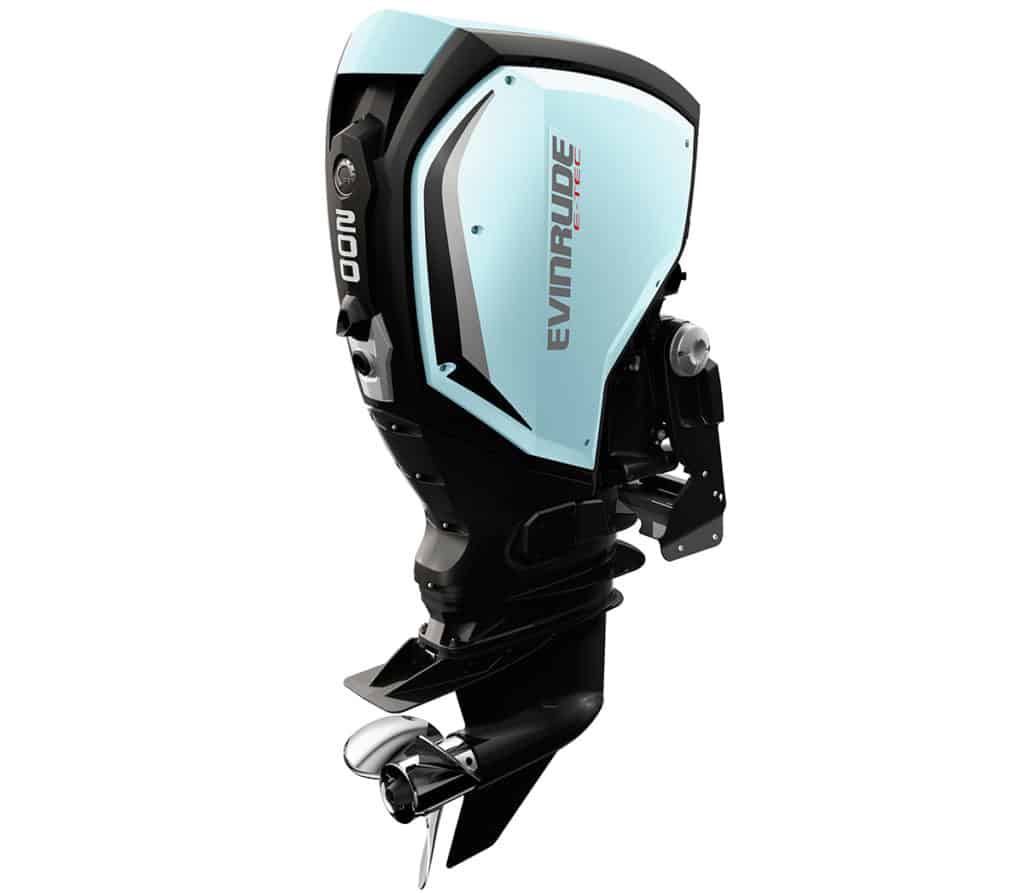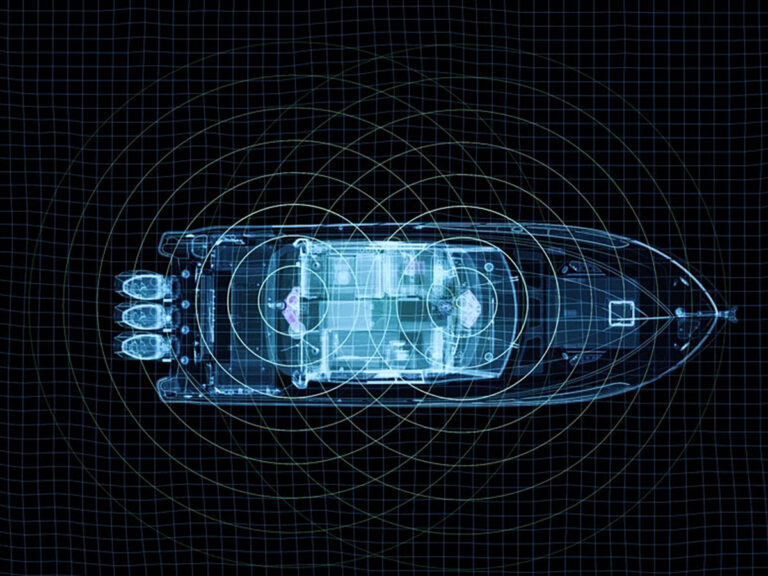
How do you keep track of the hours that you put on your outboard motor each season? Add a digital hour meter to your boat’s engine to better adhere to your service schedule. Unless you have a new engine with digital display gauges, you can only “guesstimate” your running time. Because your outboard usage determines its factory recommended maintenance schedule, many engines require a 10 hour break-in followed by a dealer check-over when the motor is new, then subsequent service intervals every 50 or 100 hours of operation thereafter. Check your owners manual for specifics.
A special LCD digital hour-meter is available that flashes its display to inform the boat operator when routine servicing is due. It is programmed to blink on and off after the first 10 hour point for the initial servicing and engine break-in completion, then at both 50 and 100 hour intervals when dealer maintenance is due. The flash-alert notification automatically starts 2 hours before the specified time period and continues for 2 hours afterwards, giving the owner ample warning to perform the required services.
Traditional hour-meters record time whenever the key switch is turned on, even if the motor is not running. The Mini Hour-Meter records only the actual engine operating time and does not need any connection to the boat or motor wiring harness. Measuring approximately 1 ½” by 2″, the compact meter has an internal battery and hooks up easily by wrapping several turns of its wire around a spark plug lead. The case is encapsulated in epoxy making it water proof and resistant to vibration. Its small size and easy mounting with 2 included screws makes for a quick and easy installation almost anywhere in the boat. Most meters retail for less than $50, and they can be purchased online or from dealers.
Suggested Reading
BOATINGLAB: OUTBOARD OWNERSHIP COSTS









